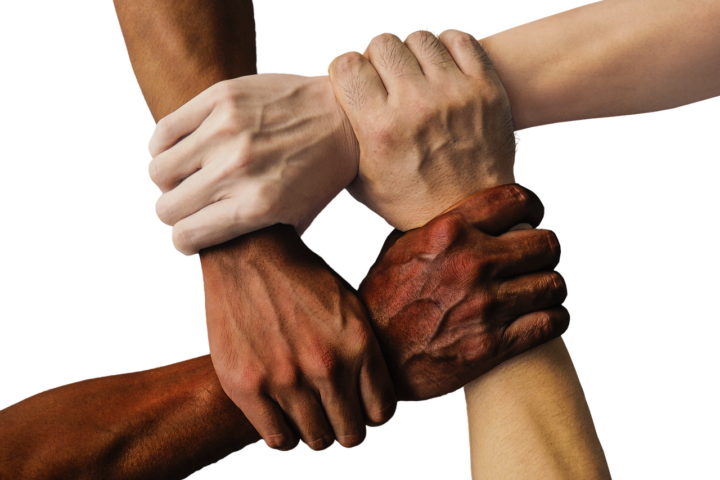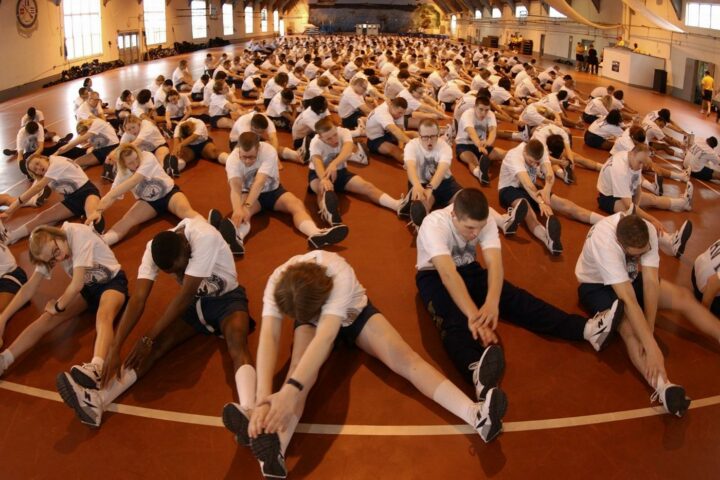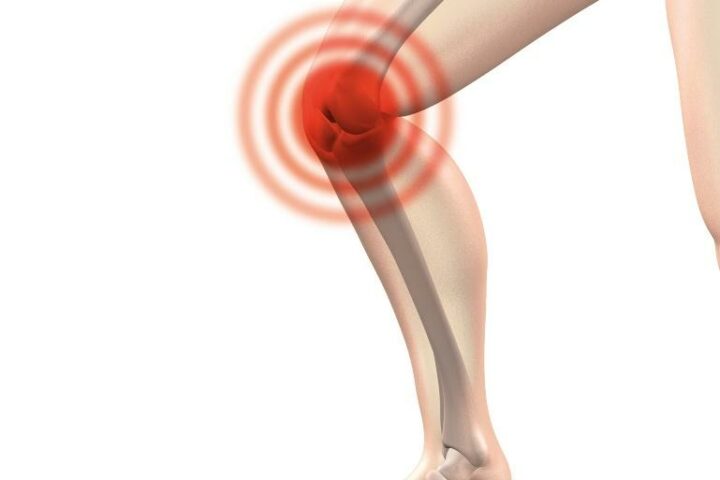Today we’re going to talk about what Tension Headaches are and how we can successfully treat them to alleviate neck and head pain and tightness. Before we get into Tension Headaches however I am going to get into what they are NOT. There are many things that can cause headaches, and many different headache disorders. Many people state they have one kind of headache or another, but different headaches have distinct causes and need to be treated differently. Some common causes of headaches that may feel like a tension headache are: medication overuse, post-traumatic headache, sinus pressure/disease, TMJ disorders, idiopathic intracranial hypertension, cervical spine degeneration, dehydration, low blood sugar…the list goes on. So before you run to get a massage make sure to get a thorough history and examination done to accurately determine all the factors that may be leading to your headaches.
So what are Tension Headaches? They are defined as recurrent episodes of headache lasting minutes to weeks with pain that feels like pressing or tightening. They’re usually mild to moderate intensity, with symptoms on both sides of the head. The headaches don’t typically worsen with the routine physical activity. Nausea and vomiting is usually absent, but light and sound sensitivity may be present. Usually, the pain begins at the base of the skull, and wraps around to the sides to the forehead. One of the most common reasons for this is poor posture, which places stress into the muscles in the neck. The white X’s in the pictures represent muscle trigger points, with the red dots being where the patient can experiences pain when the trigger point is active. As you can see, multiple muscles in the neck will refer pain to the base of the skull that can wrap around
 to the front. Trigger points are the painful knots in your muscles you may be familiar with. When muscles get overly stressed, like from staring at a computer for 9 hours, they place knots within the belly of the muscle as a way to add strength to the system. The only problem is that these knots prevent normal muscle action and are pain generating structures.
to the front. Trigger points are the painful knots in your muscles you may be familiar with. When muscles get overly stressed, like from staring at a computer for 9 hours, they place knots within the belly of the muscle as a way to add strength to the system. The only problem is that these knots prevent normal muscle action and are pain generating structures.
There are multiple techniques that can be successfully used to treat trigger points, relieve pain and tension, and reduce the muscle tightness. Muscle release techniques, either done manually, with an instrument, or via dry needling are all extremely effective. These techniques work to reduce tightness and knots in muscles by addressing the local changes made by trigger points, restoring muscle blood flow and elasticity, as well as by reducing the neurological drive to keep these muscles tight. When these muscles get tight they also will cause reflexive weakness in other muscles, so doing rehabilitative exercises for muscles such as the deep neck flexors will also help to restore balance and offload the tight muscles. Chiropractic manipulation of the joints that these muscles cross triggers powerful neurological reflexes involving the golgi tendon organs, which is effective in immediately reducing muscle tension and pain.
Are you ready to alleviate your headaches? Call (703) 723-9355 for an appointment with one of our many chiropractors, physical therapists, and acupuncturists that can help!
Chowdhury D. Tension type headache. Annals of Indian Academy of Neurology. 2012;15(Suppl 1):S83-S88. doi:10.4103/0972-2327.100023.




